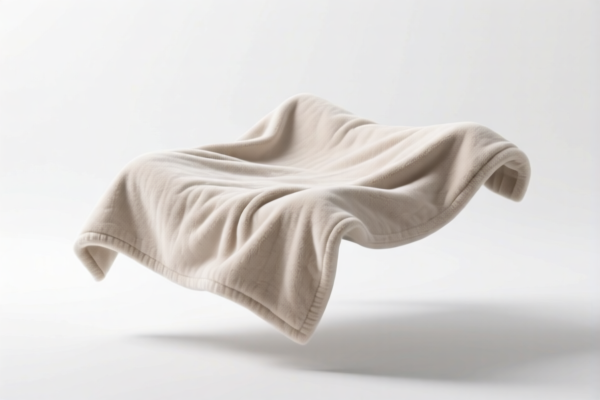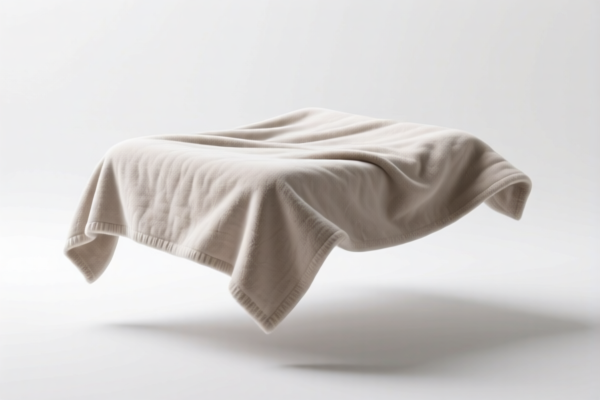| HS Code | Official Doc | Tariff Rate | Origin | Destination | Effective Date |
|---|---|---|---|---|---|
| 4501902000 | Doc | 55.0% | CN | US | 2025-05-12 |
| 4503906000 | Doc | 69.0% | CN | US | 2025-05-12 |
| 4503106000 | Doc | 55.0% | CN | US | 2025-05-12 |
| 3926903000 | Doc | 59.2% | CN | US | 2025-05-12 |
| 3926909989 | Doc | 42.8% | CN | US | 2025-05-12 |
| 3923900080 | Doc | 58.0% | CN | US | 2025-05-12 |
| 4206009000 | Doc | 30.0% | CN | US | 2025-05-12 |




Fish Float
A fish float, also known as a bobber, is an indicator used in angling. It visually signals the presence of a bite by suspending a bait at a desired depth and indicating when a fish takes the bait.
Material
Fish floats are constructed from a variety of materials, each offering different characteristics:
- Balsa wood: Lightweight and sensitive, providing excellent bite detection. Susceptible to damage and requires sealing for durability.
- Foam: Commonly made of closed-cell foam (like EVA foam), offering durability and buoyancy. Less sensitive than balsa.
- Plastic: Durable and inexpensive, often used for beginners or rougher conditions. Can be less sensitive.
- Cork: Traditional material, providing good buoyancy and sensitivity.
- Glass: Used in specialized floats, offering visibility and durability.
Purpose
The primary purpose of a fish float is to:
- Suspend Bait: Hold the bait at a specific depth in the water column.
- Bite Indication: Visually signal when a fish bites, allowing the angler to react.
- Depth Control: Allows for precise presentation of bait at different depths.
- Strike Detection: Facilitate quicker and more accurate strike timing.
Function
A fish float functions based on the principle of buoyancy. The float is designed to remain afloat, supporting the weight of the bait and line. When a fish bites and pulls on the line, the float will move (sink, slide, or tilt), alerting the angler. The float is typically attached to the fishing line using a slip knot or a float stop.
Usage Scenarios
Fish floats are used in a wide range of fishing scenarios:
- Stillwater Fishing: Lakes, ponds, and slow-moving rivers.
- Panfishing: Targeting species like bluegill, crappie, and sunfish.
- Carp Fishing: Used in conjunction with specialized baits and rigs.
- Trout Fishing: Effective for presenting baits in rivers and streams.
- Ice Fishing: Small floats are used to suspend baits under the ice.
Common Types
- Slip Floats: The float slides freely on the line, allowing for depth adjustment. Ideal for fishing in varying depths.
- Fixed Floats: Attached to the line at a fixed position. Suitable for consistent depths.
- Popper Floats: Designed to make a popping sound when a fish bites, providing an audible signal.
- Slip Bobber Rig: A popular configuration using a slip float, bead, and swivel for versatile depth control.
- Weedless Floats: Designed to navigate through vegetation with minimal snagging.
- Ice Fishing Floats: Small, sensitive floats specifically designed for ice fishing applications.
Fish floats are articles used for buoyancy, typically employed in fishing to keep bait or fishing lines afloat. Determining the precise HS code requires a more detailed understanding of the float's composition (material) and specific application. Based on the provided information, the following HS codes may be relevant:
- 4501902000: This code covers “Natural cork, raw or simply prepared; waste cork; crushed, granulated or ground cork: Other: Waste cork”. If the fish float is manufactured from natural cork, this could be applicable, particularly if it's in a raw or minimally processed state. The total tax rate is 55.0%, comprising a 0.0% base tariff, a 25.0% additional tariff, and a 30.0% additional tariff effective after April 2, 2025.
- 3926903000: This code covers “Other articles of plastics and articles of other materials of headings 3901 to 3914: Other: Parts for yachts or pleasure boats of heading 8903; parts of canoes, racing shells, pneumatic craft and pleasure boats which are not of a type designed to be principally used with motors or sails”. If the fish float is a component used in pleasure boating or fishing vessels, this code might apply. The total tax rate is 59.2%, consisting of a 4.2% base tariff, a 25.0% additional tariff, and a 30.0% additional tariff effective after April 2, 2025.
- 3926909989: This code covers “Other articles of plastics and articles of other materials of headings 3901 to 3914: Other: Other Other”. If the fish float is made of plastic and doesn't fall into any other specific category within heading 3926, this code could be used. The total tax rate is 42.8%, with a 5.3% base tariff, a 7.5% additional tariff, and a 30.0% additional tariff effective after April 2, 2025.
According to the provided reference material, the HS code options related to 'fish float' are limited, with only the following 3 found.
It is important to verify the material composition of the fish float to determine the most accurate HS code. If the float is made of gut, goldbeater's skin, bladders, or tendons, HS code 4206009000 might be applicable, with a total tax rate of 30.0%.
Customer Reviews
No reviews yet.